Recreational Refuge: Five stories of tennis' social-distance salvation
By Aug 20, 2020In the twilight of his career, where does Novak Djokovic go from here?
By Dec 29, 2025Who will have the better 2026 season: Aryna Sabalenka or Coco Gauff?
By Dec 29, 2025Nick Kyrgios beats Aryna Sabalenka in "Battle of the Sexes" reprise in Dubai
By Dec 28, 2025Will we see a Career Grand Slam from Carlos Alcaraz, Iga Swiatek, or Jannik Sinner?
By Dec 28, 2025A born entertainer, Danielle Collins adds a new stage to her repertoire in 2026
By Dec 27, 2025Can anyone consistently challenge Carlos Alcaraz and Jannik Sinner next season?
By Dec 27, 2025Polina Kudermetova reportedly hires former world No. 1 Dinara Safina as a coach
By Dec 27, 2025“Right now, I’m hurting”: Juan Carlos Ferrero opens up on Alcaraz breakup
By Dec 26, 2025Jack Draper to miss Australian Open as he continues rehab from "most challenging" injury yet
By Dec 26, 2025Recreational Refuge: Five stories of tennis' social-distance salvation
Like everyone else in 2020, tennis players across North America are living in a new and sometimes nerve-wracking world. Yet even as the pandemic has closed down gathering places and brought daily life to a halt, the court has become a sanctuary for many.
Published Aug 20, 2020
Advertising
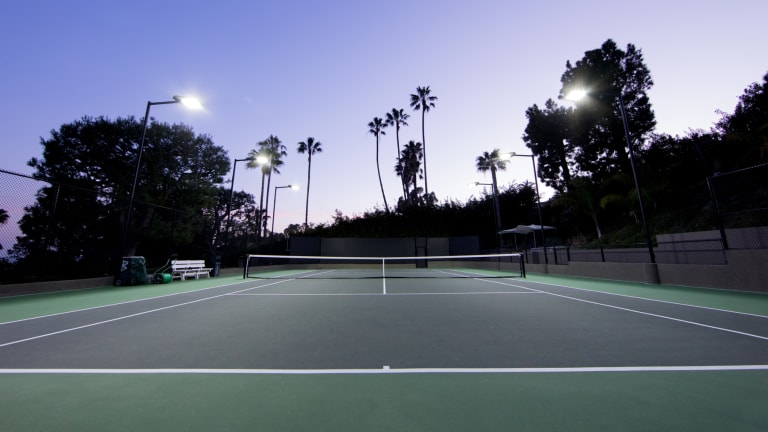
Recreational Refuge: Five stories of tennis' social-distance salvation
© ©2020 Yvette Roman Photography
Advertising
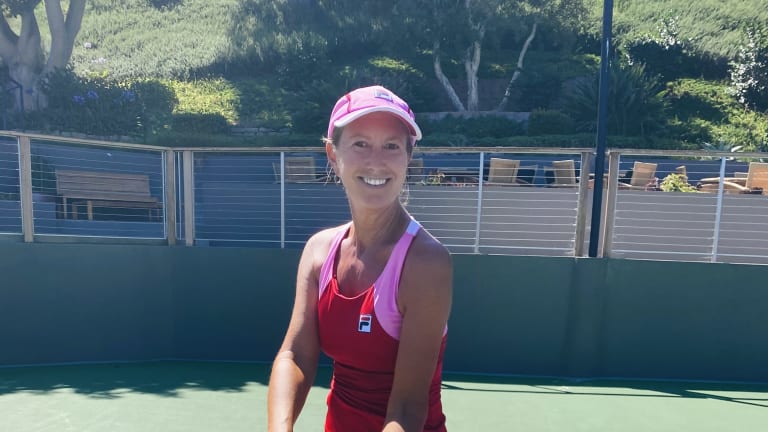
Recreational Refuge: Five stories of tennis' social-distance salvation
Advertising
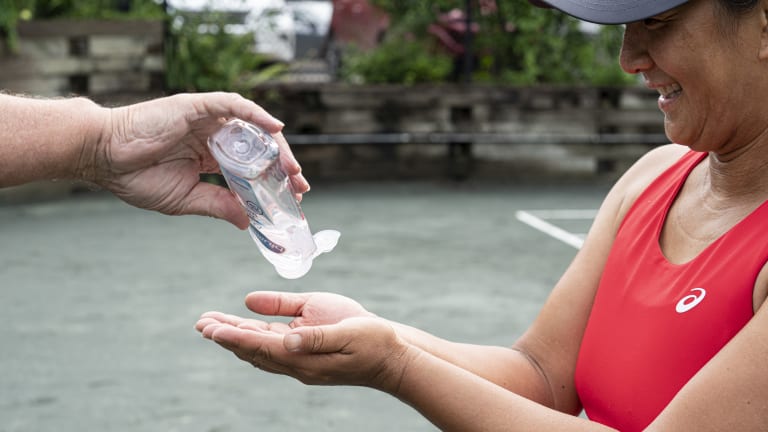
Recreational Refuge: Five stories of tennis' social-distance salvation
Advertising

Recreational Refuge: Five stories of tennis' social-distance salvation
Advertising
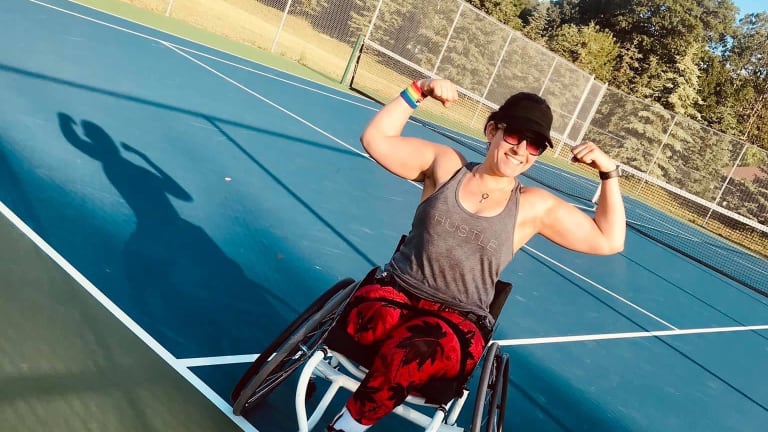
Recreational Refuge: Five stories of tennis' social-distance salvation
Advertising
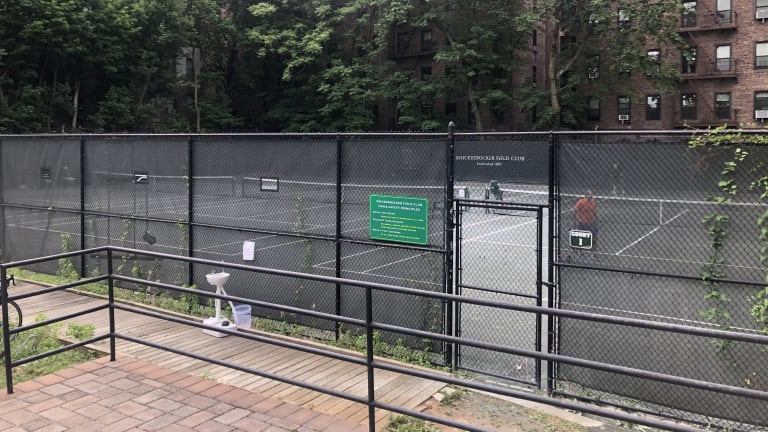
Recreational Refuge: Five stories of tennis' social-distance salvation
Advertising
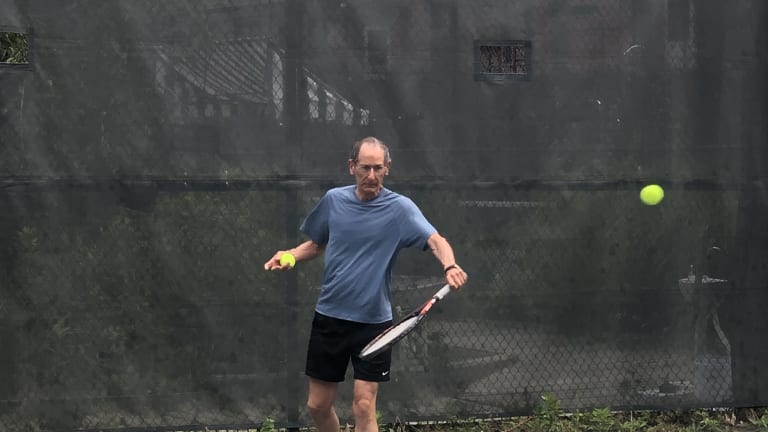
Recreational Refuge: Five stories of tennis' social-distance salvation
Advertising
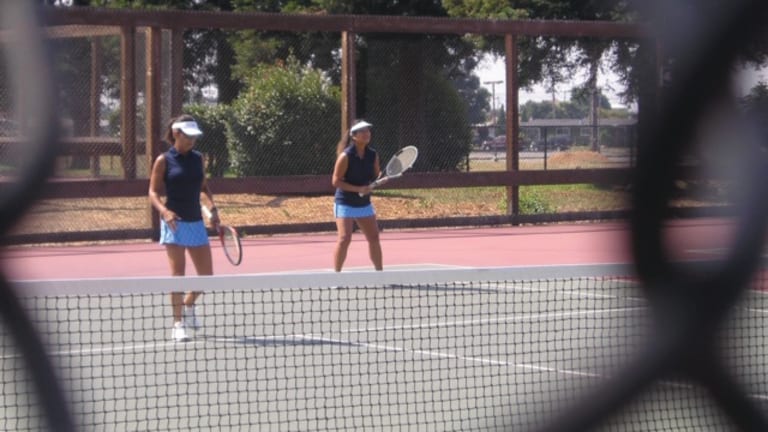
Recreational Refuge: Five stories of tennis' social-distance salvation
Advertising
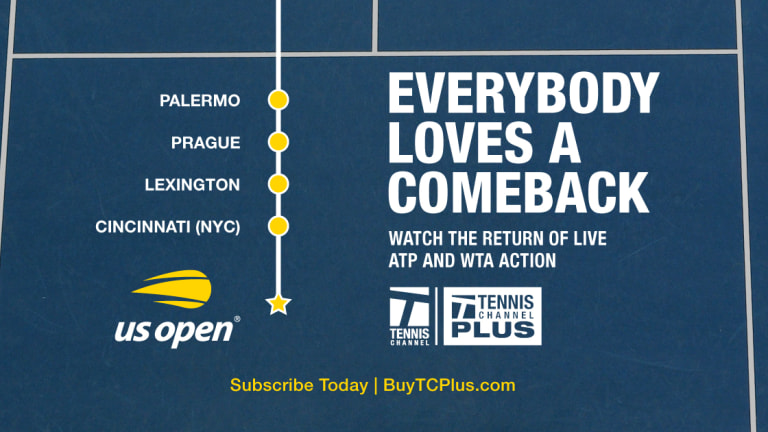
Recreational Refuge: Five stories of tennis' social-distance salvation